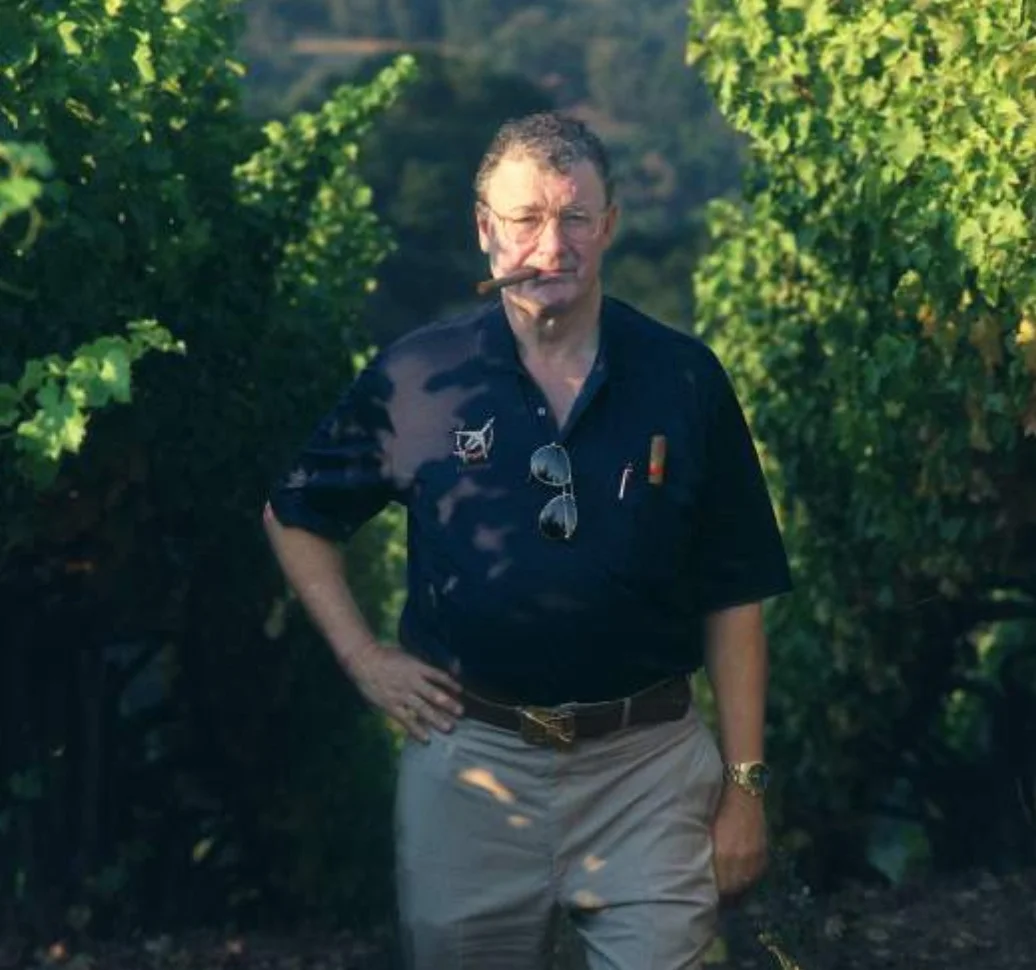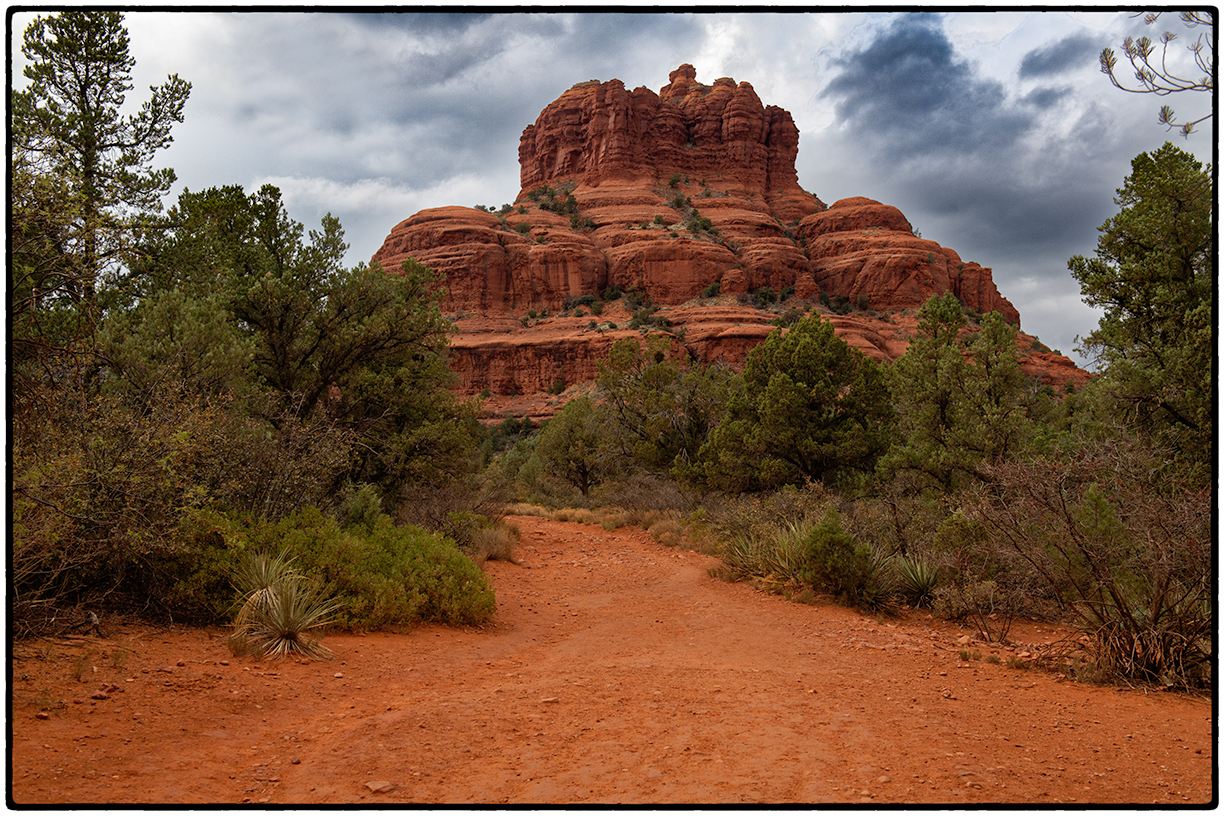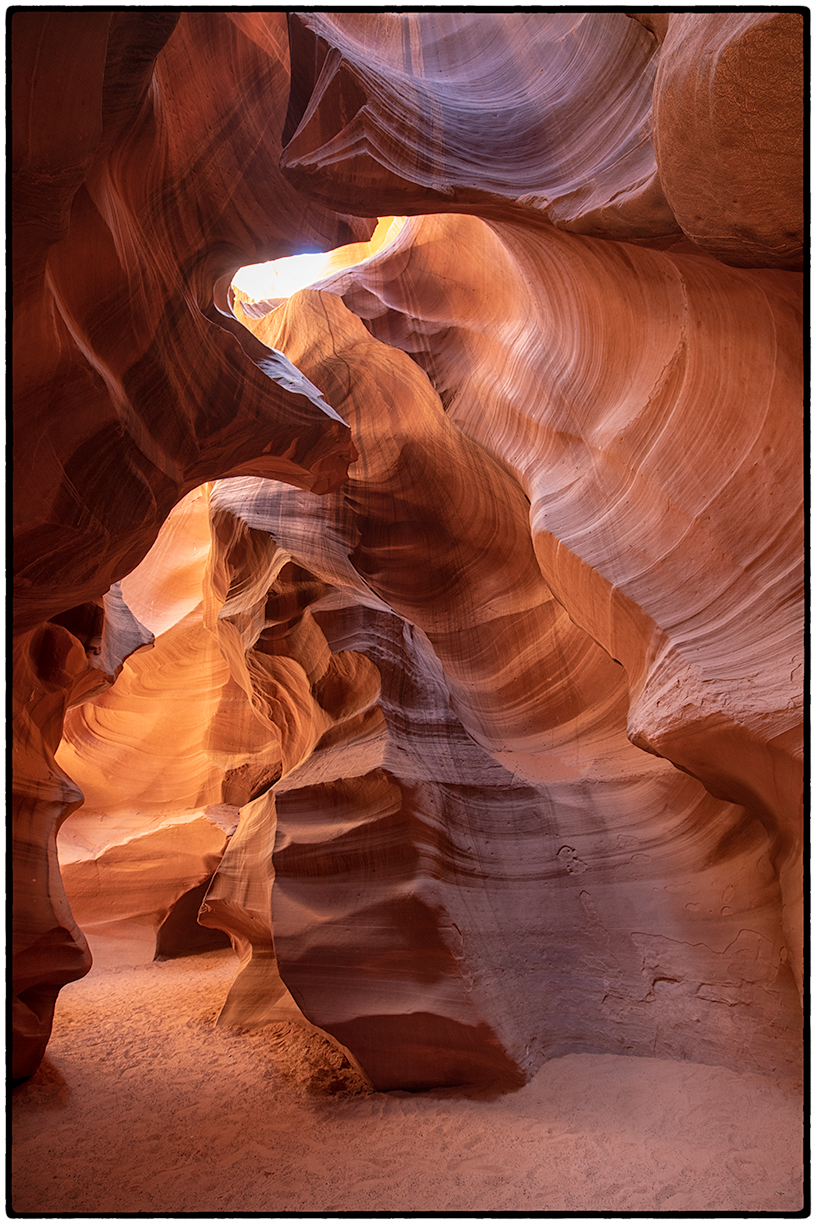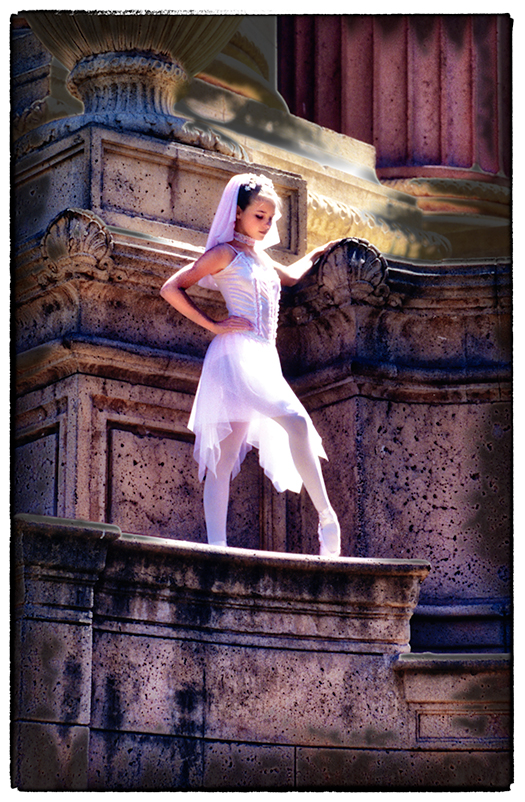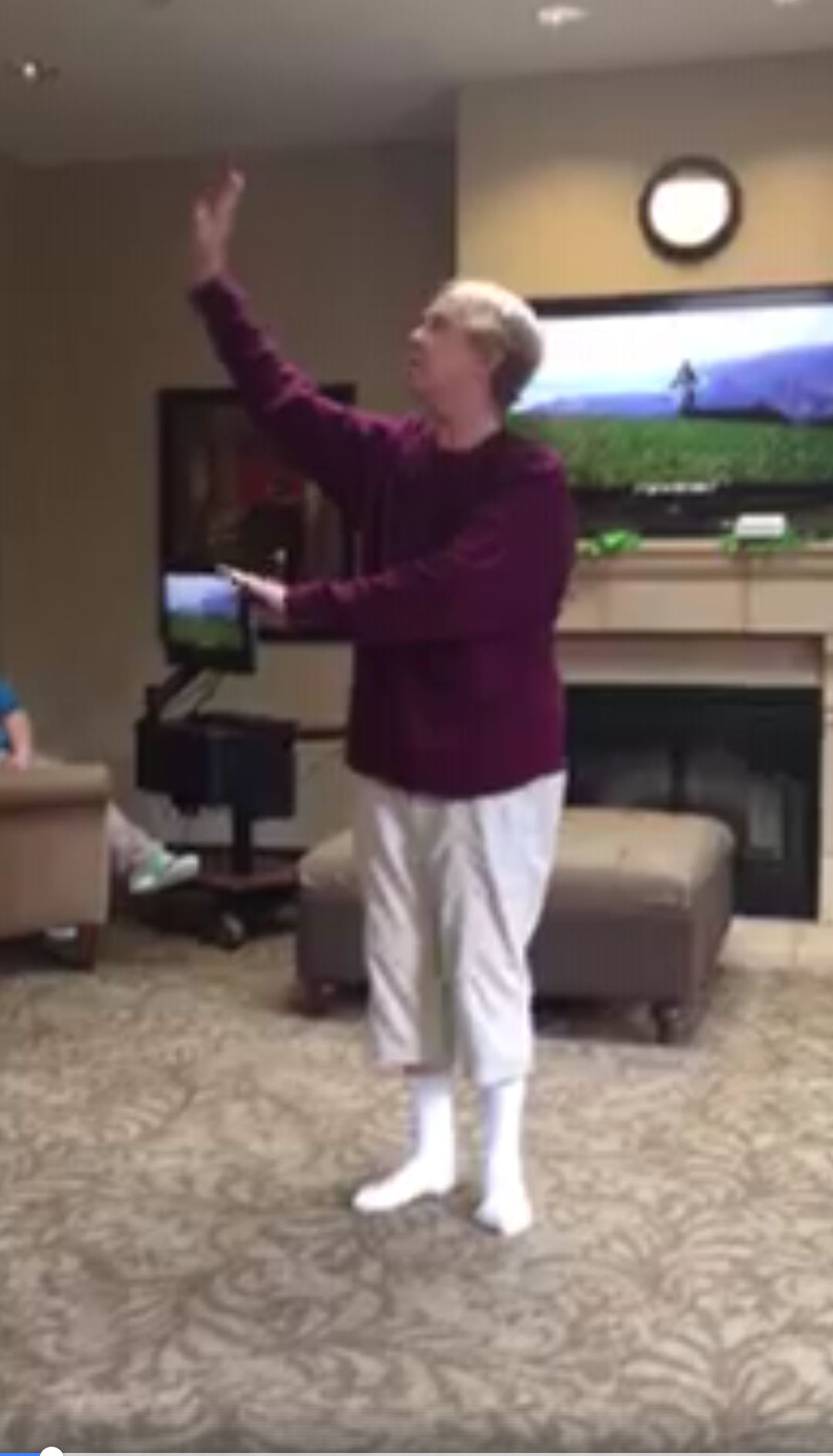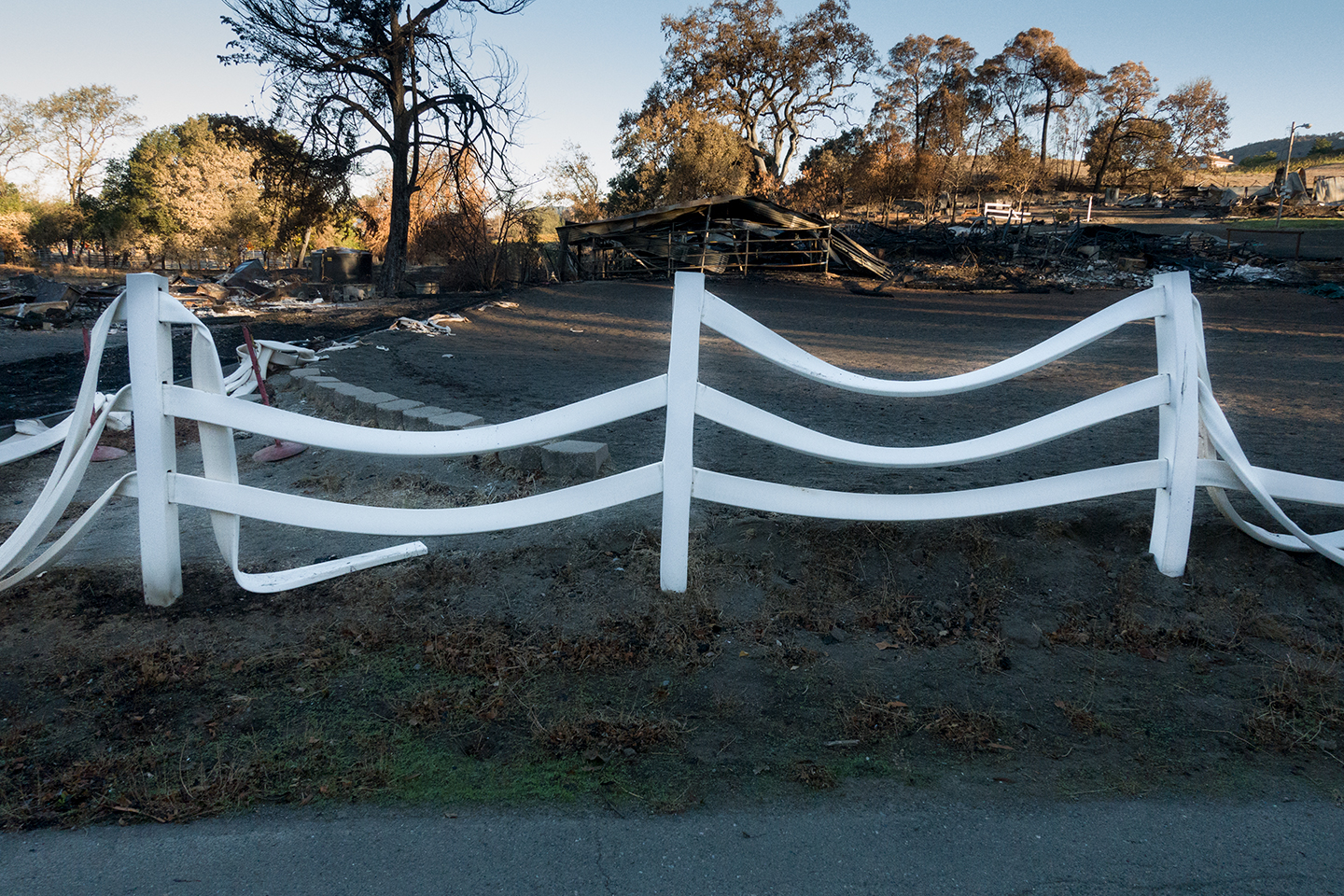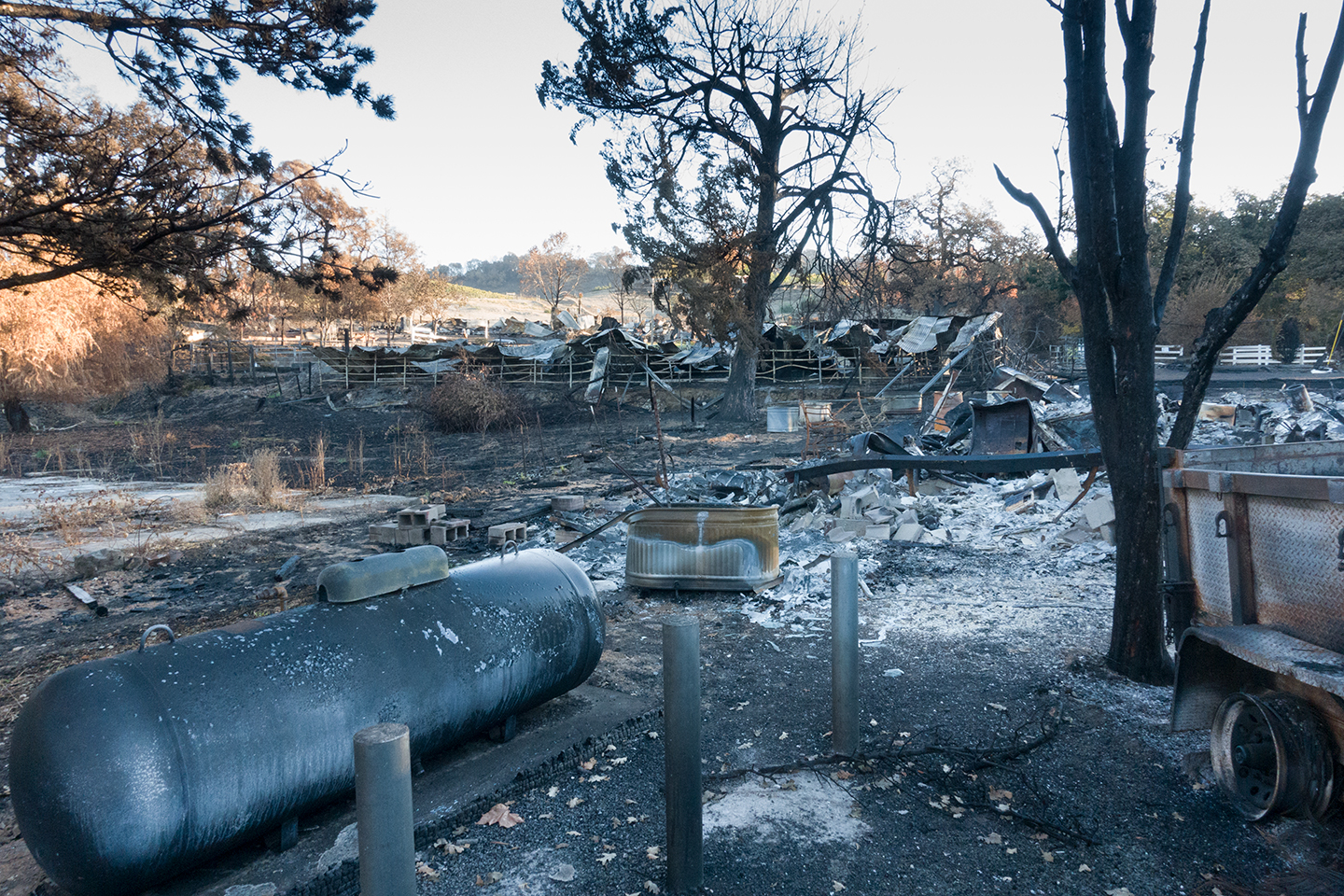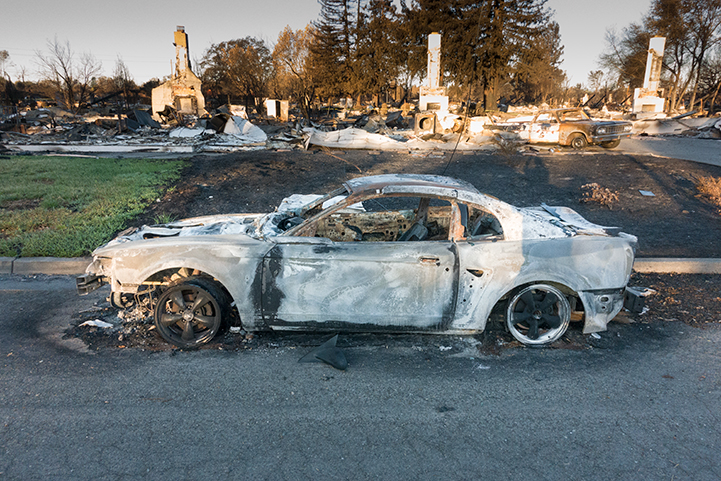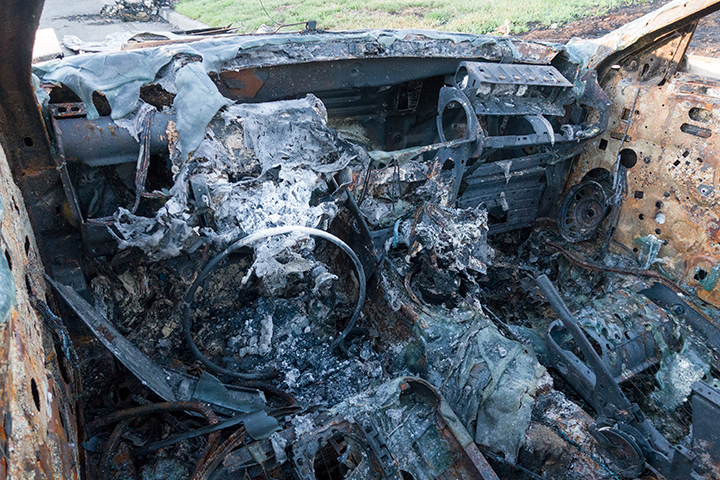After seeing this video I started to think about what happiness is to me. I began by looking at what others had to say, and several comments and graphic designs with messages superimposed resonated. The rodent in the video sought happiness through external means, none of which leads to real happiness. The wages of sin, it is said, is death. And so it is for the rodent in this video, falsely believing that the pursuit of happiness comes from without.
Some of the screen shots that I found dealt with happiness in a different way, one isn’t as deep or so relevant . “Happiness is having what you want and wanting what you have,” and a variation of that, “Happiness isn’t about getting what you want all the time; it’s about loving what you have and being grateful for it.”
The more spiritual nature of happiness has nothing to do with things. It is a choice that comes from within, that, as Buddha is reported to have said, “that it doesn’t depend on what you have or who you are, but what you think.”
Apart from what spiritual leaders think, I am happy when I’m doing something for someone. Whether it’s washing dishes in the men’s shelter on Center Street before breakfast or a comment from a friend thanking me for something. This happiness works both ways. Sometimes it’s something I’ve said or done; sometimes it’s what was said or done for me. It’s all one. I have friends whose presence in my life simply makes me happy.
Though happiness is a choice, a decision, the path to happiness means overcoming obstacles, some of which are insurmountable. I spend part of three days dealing with the homeless. It’s easy to choose happiness when you have a roof over your head, when you’re well fed, in good health, have companionship and love. When your pillow is a rolled-up sweatshirt in a concrete doorway it’s a different story. You don’t have the opportunity to make the choice to be happy because your growling stomach is loud. and your dirty threadbare jacket can’t keep out the cold. For some happiness is as unlikely a prospect in their lives as a chauffeur-driven Rolls Royce.
One of those avoidable obstacles is the smartphone. “Whether it’s someone you’ve never met or it’s friends and family, spending time with people face to face is linked with happiness.” Jean Twenge, Professor of Psychology. Some estimates of smartphone use suggest that the average person touches his phone over two thousand times a day. That means that two thousand times a day he isn’t seeking social interaction, trying to understand other people and other perspectives.
Maybe the focus shouldn’t be on being happy, but on the acceptance that so much of what we feel, who we are, and what we do, are decisions that come from within. In George Bush’s funeral his son said that, “hate corrupts the vessel that contains it.” Perhaps choosing to love, to do good, to be useful to others, activities which enrich and strengthen that vessel, ultimately make it possible to overcome those obstacles, to achieve real happiness.



































